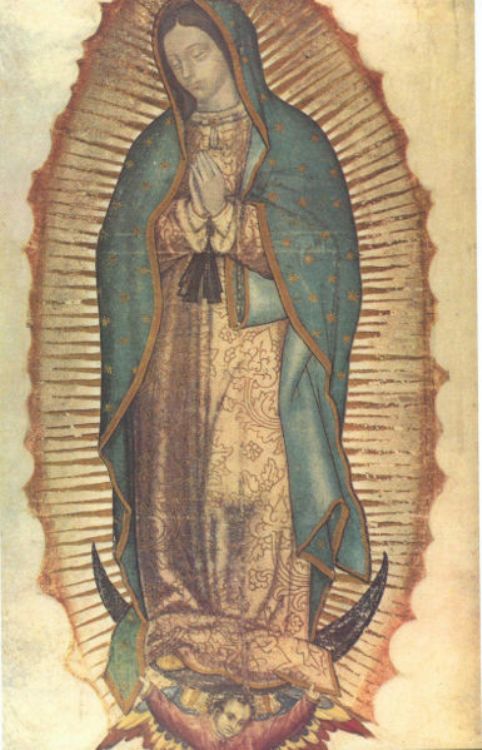
About Córdoba
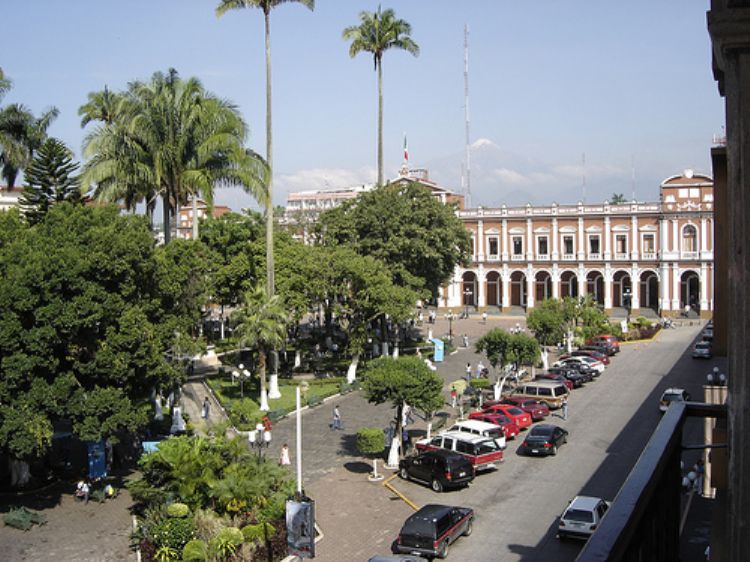
Placid and dynamic city in Veracruz with a history very different to most other villas founded by the Spaniards on Mexican soil, currently keeping it as an important economic and commercial power in the mountainous center of Veracruz.
When facing the constant rebel invasions suffered by travelers while passing through the royal route Veracruz "â Orizaba "â Mexico, four Spaniards decided to request from then Viceroy Don Diego Fernandez de Cordoba the creation of a town offering protection for travelers. The righteous reason of the request as well as the noble geographic and climatic conditions of the zone contributed to the permission granted to Don Juan Cristobal de Miranda, Don Andres Nuñez de Llescas, Don Diego Rodriguez and Don Garcia de Arevalo for founding the new town with the viceroy's name, the town of Cordoba on November 19 of 1617.
After deciding that 30 families of the region would form Cordoba's population, a solemn Catholic mass was held and the election of its authorities. This event sustains the name given to the City of the 30 Gentlemen.
During the Mexican fight for independence, Cordoba supported the insurgent army, because of which it was chosen as the place for signing the Cordoba Treaties, with which Agustin de Iturbide and the last Spanish viceroy Juan O'Donoju signed the end of the armed struggle on the 24th of August, 1824.
In the year 1830 Cordoba was promoted to the category of city and soon after it was given the title of "âheroic city"â for its participation during the War of Independence.
Located 90 kilometers from the State capital in the mountainous center of Veracruz, Cordoba has a surface of 139 km. With a height of 2821 feet over sea level, it has a template humid climate with an average temperature of 68°F.
The deciduous jungle in the region allows the existence of a lumber industry, as well as its fertile plains make possible the development of agriculture.
Articles Releated with Córdoba

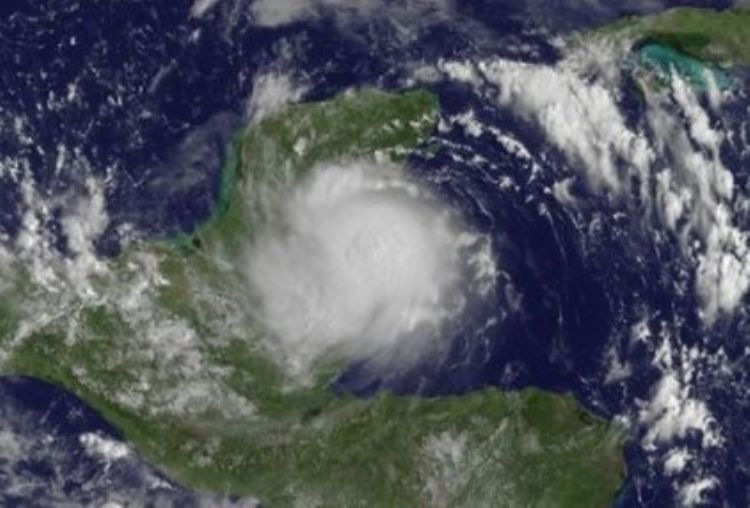
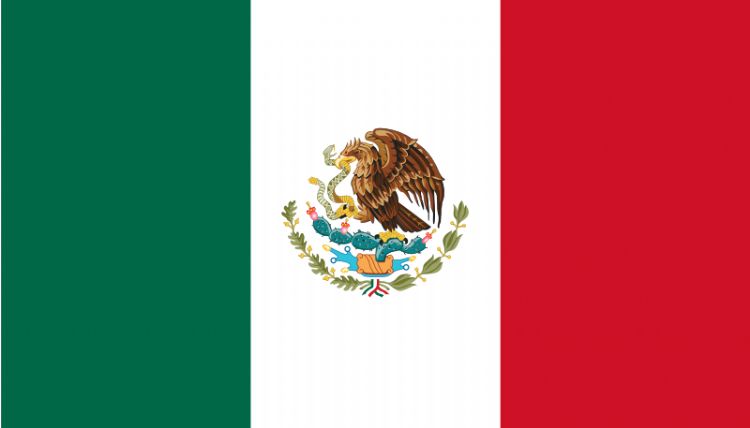
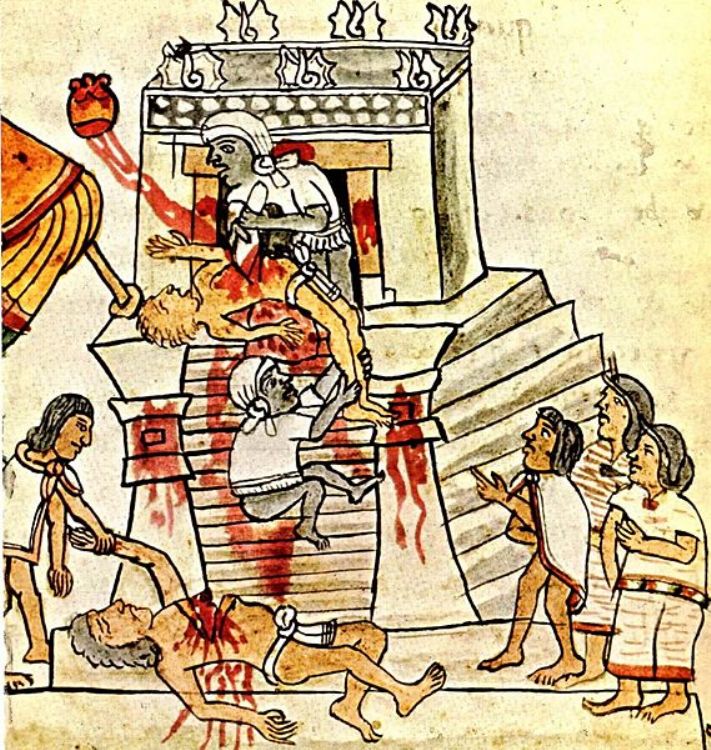
Pre-Columbian Civilizations in Mexico
Pre-Columbian era is a term used referring to the situati...
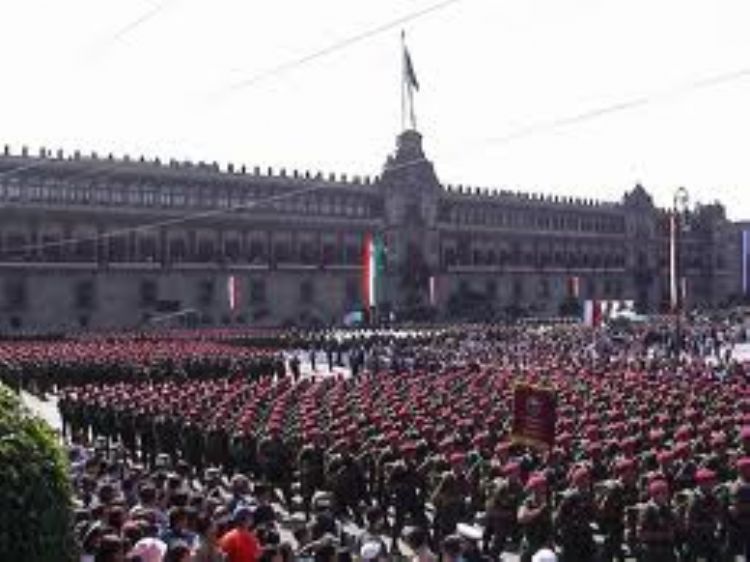
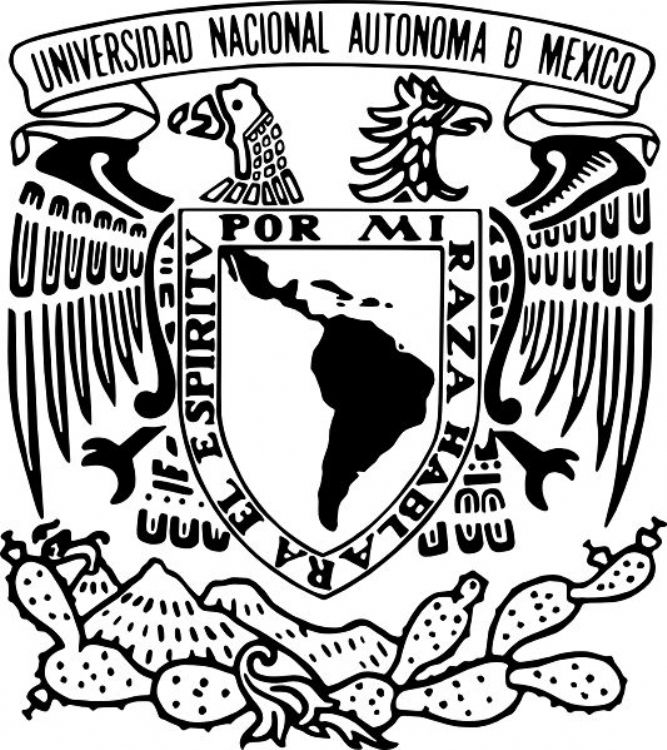
Most Viewed

The Process to Obtain the Voter's Mexican Credential or IFE Credential
The Voterâs Mexican Credential or Federal Elect...
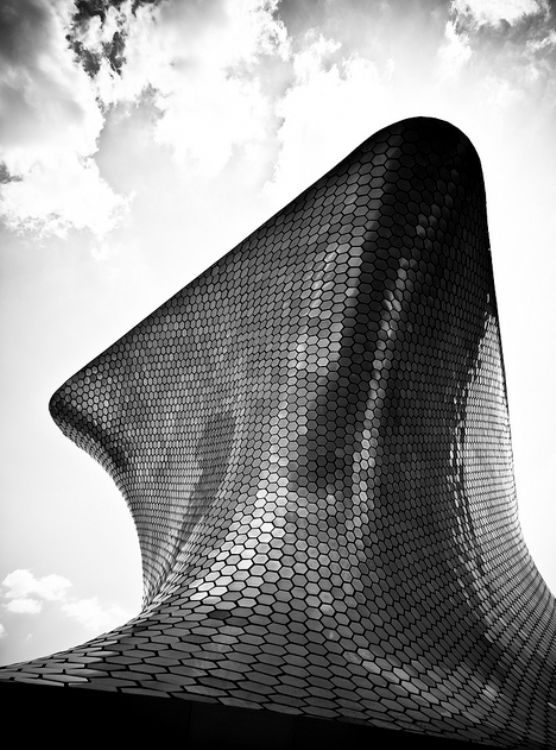
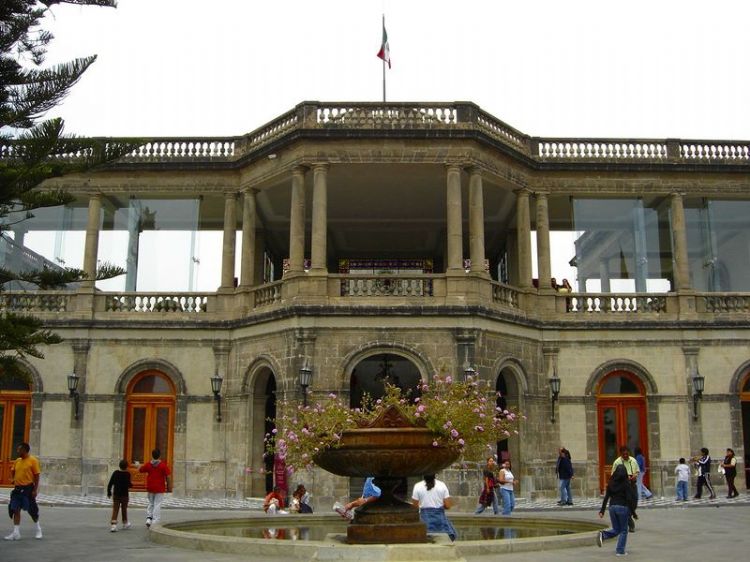
National Museum: Chapultepec Castle
During the time of the viceroyalty, a house was construct...
